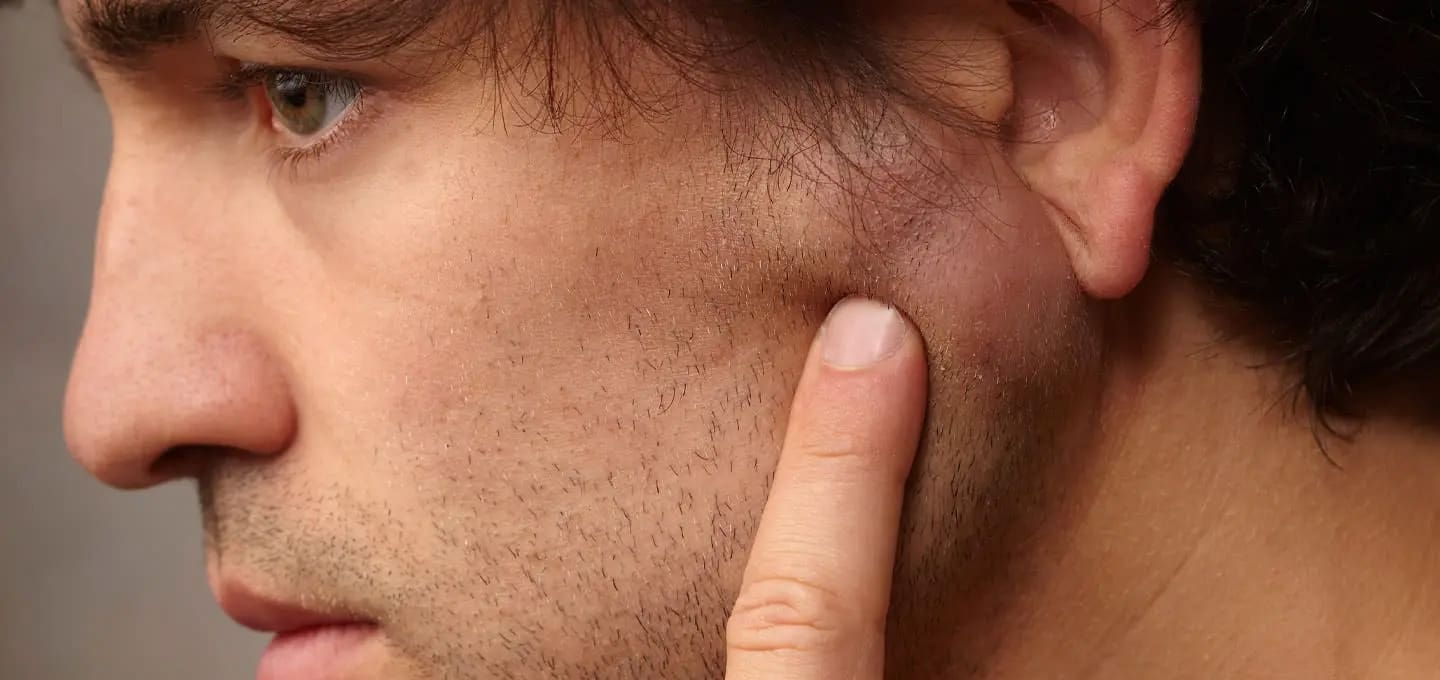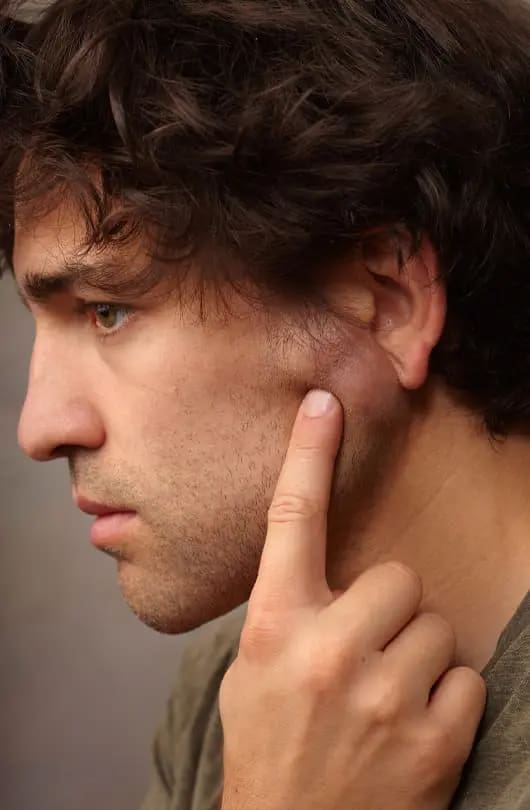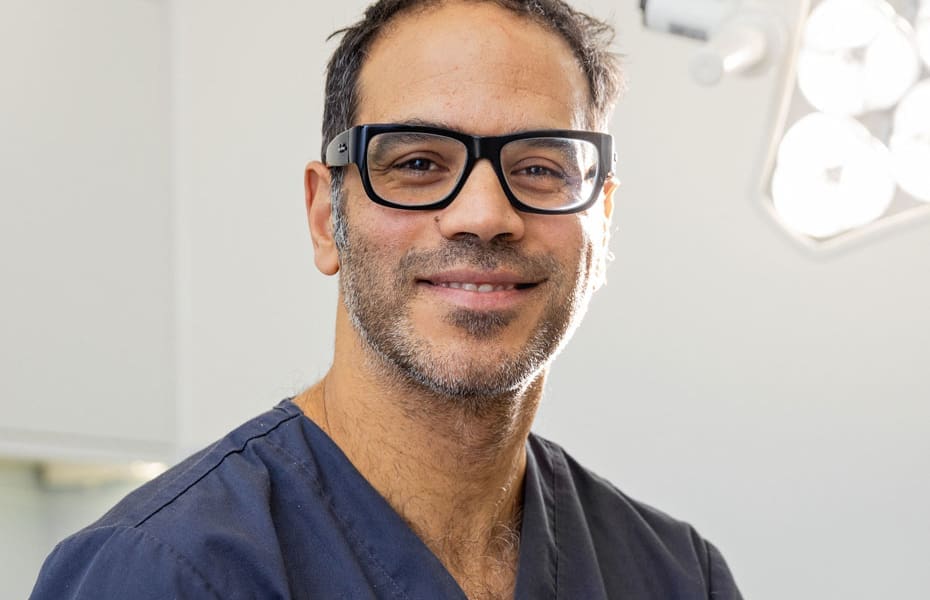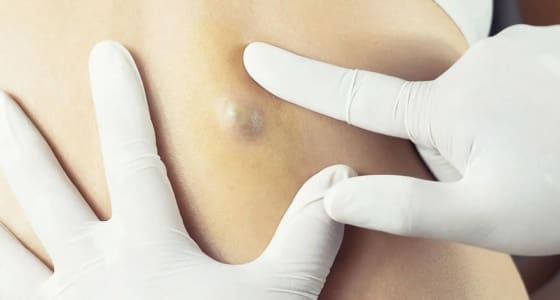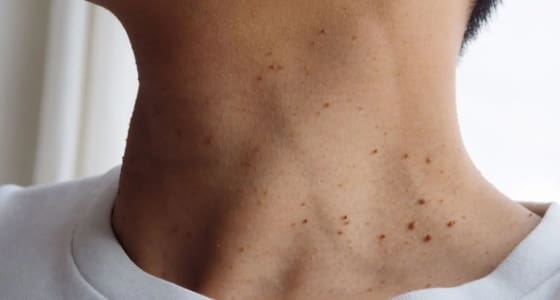While typically harmless, lipomas can grow to a considerable size and are unlikely to resolve on their own. They are a common occurrence, affecting approximately one in every 100 individuals at some point in their lives. It is not uncommon to have multiple lipomas, with rare genetic conditions leading to the presence of several, known as ‘familial multiple lipomatosis’.
These growths commonly appear on areas such as the forehead, neck, shoulders, arms, chest, buttocks, back, and thighs. Lipomas have a rubbery texture and can be easily moved beneath the skin. Although they are generally not painful, it is recommended to consult a skin specialist if you suspect the presence of a lipoma. Many individuals opt for lipoma removal for cosmetic or practical reasons, especially if the growths are prominent or causing discomfort.
Lipomas can be confused with cysts, but there are key distinctions to consider:
- Cysts are typically near the skin’s surface, while lipomas are deeper.
- Inflamed cysts may appear red, painful, and swollen, unlike lipomas.
- Lipomas are soft and pliable, movable under the skin, whereas cysts are usually firm.
During a consultation, a consultant dermatologist or plastic surgeon will examine the growth to confirm it is a lipoma. They will assess its size, shape, texture, and mobility, checking for any signs of infection or abnormalities. Lipomas are commonly removed through surgical excision. Liposuction is occasionally an option in rare cases. Your consultant will discuss treatment options, outlining the benefits, risks, and expected outcomes for each. They will address any questions or concerns before you finalise a treatment plan.
If suitable, you may choose to have the consultation and procedure in the same appointment as a ‘see and treat’ approach, offering convenience and cost-effectiveness. This option can be discussed when making your appointment.
